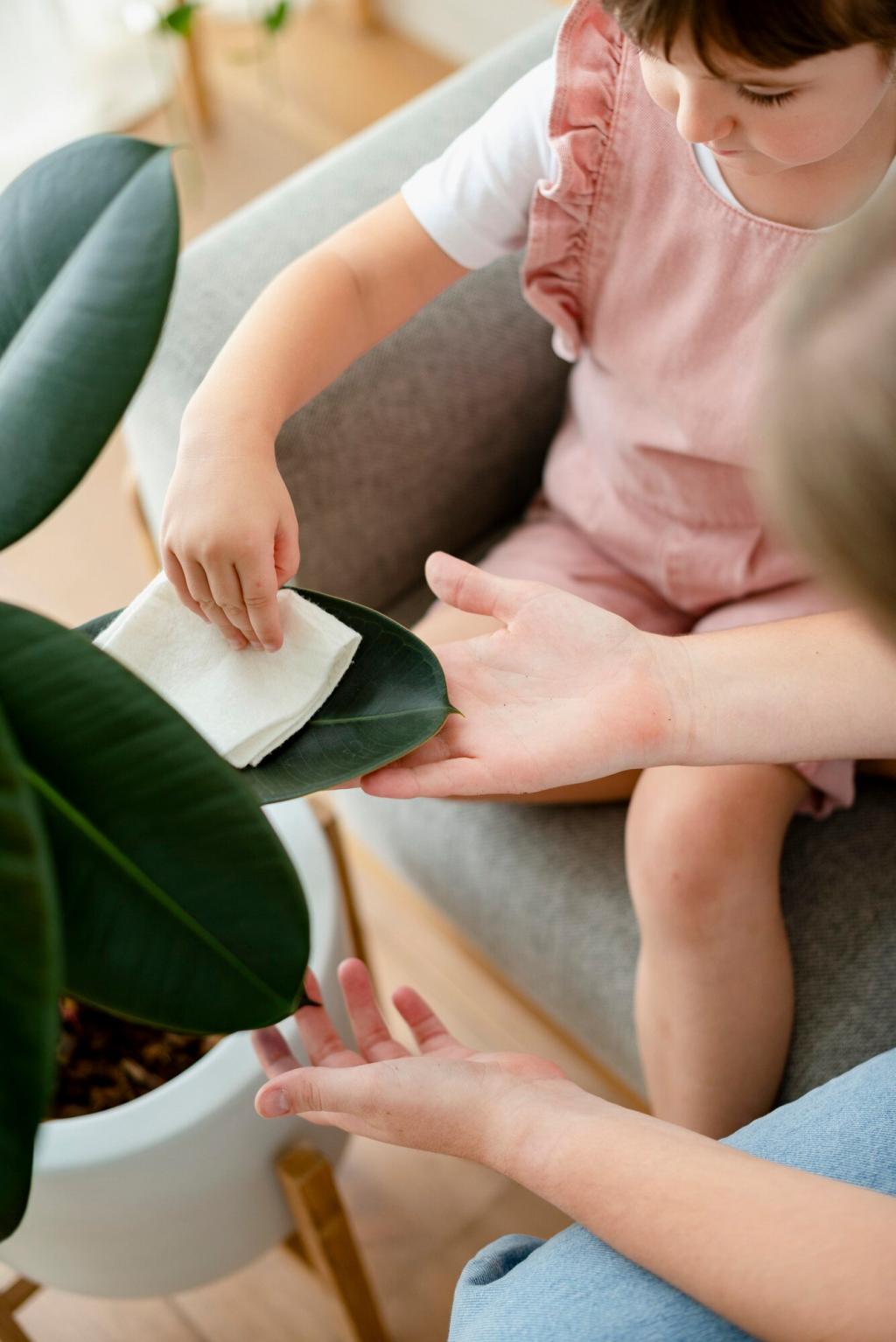
Finding Your Voice Through Art Therapy
Chosen theme: How Art Therapy Improves Self-Expression in Therapy. Discover how colors, textures, and symbols help translate complex feelings into forms that invite conversation, insight, and healing. Join our community—comment, subscribe, and share your creative journey.
Why Art Helps You Speak Without Words
From Sensation to Symbol
Brushstrokes, lines, and shapes transform sensations into symbols, bridging bodily feelings and conscious language. When emotions feel tangled or wordless, images provide a bridge that carries meaning gently from inside to outside.
Regulating Emotions to Make Space for Voice
Rhythmic mark-making and responsive color choices can calm the nervous system, allowing a steadier pace for reflection. Once arousal settles, people often find words follow naturally, expanding honest, specific self-expression in therapy.
The Artwork as a Shared Third
The image sits between client and therapist as a shared focus, easing pressure from eye contact and performance. Together, they wonder about the picture, inviting stories, metaphors, and truths that might otherwise feel unsafe to say.
Soft vs. Structured Media
Oil pastels and watercolor invite flow, spontaneity, and emotional release, while pencils and rulers offer structure when boundaries feel essential. Matching media to mood helps clients express clearly without becoming overwhelmed or shut down.
Collage When Words Are Hard
Cut images, textures, and headlines can carry difficult meanings through selection rather than narration. Collage lets clients point, arrange, and layer complexity, expressing nuanced identities and memories before any full sentences are ready to appear.
Clay for Embodied Expression
Clay engages pressure, temperature, and movement, giving frustration or tenderness a physical home. Pinching, smoothing, and reshaping forms helps transform stuck feelings into changeable objects, promoting flexible, grounded self-expression in therapy sessions.


Case Vignette: The Day Yellow Spoke
In early sessions, Maya said little and avoided choosing colors. Offered pastels, she quietly filled a page with soft gray. The therapist noticed gentle pressure and steady rhythm, reflecting her care without pushing for immediate words.
Case Vignette: The Day Yellow Spoke
One day, Maya reached for bright yellow and drew a small sun behind gray hills. Asked what the yellow might be, she whispered, “Something that still believes.” The image let her speak hopes she could not yet name aloud.
Techniques That Unlock Your Inner Voice
Start with a spontaneous scribble, then respond to it with color, shape, or line, as if answering a friend. Naming feelings that appear in the exchange often reveals surprising truths, easing the path toward authentic words.
Belonging, Identity, and Cultural Voice
Therapists invite clients to choose patterns, colors, and imagery rooted in family, community, and spirituality. Respect for meaning prevents appropriation and encourages pride, helping people voice themselves with dignity rather than performing for others.
Belonging, Identity, and Cultural Voice
When words feel foreign or limited, images cross linguistic borders. Visual narratives support bilingual or multilingual clients to express complexity without translation burdens, letting conversations grow from pictures toward phrases that feel accurate and safe.



Visual Journals as Evidence
A weekly sketchbook shows evolving color range, compositional risk, and personal symbols. Reviewing pages together reveals shifts in tone and confidence, making progress visible without turning creativity into a test or performance.

Gentle Goals, Real Change
Set collaborative goals like “naming one feeling per drawing” or “trying a new medium monthly.” These goals track self-expression growth while respecting pace and safety, keeping therapy anchored in choice and authentic voice.


Try This Today: Gentle Prompts for Self-Expression
Choose colors that match your inner forecast—foggy grays, electric blues, or warming ambers. Add shapes for wind, rain, or sun. Then write one sentence about what your sky wants. Post your report in the comments today.
Try This Today: Gentle Prompts for Self-Expression
Create a tiny card showing a strength you forget. Use collage, marker, or thread. Carry it for a week and notice moments it helps you speak up. Tell us how it shifted your voice.
